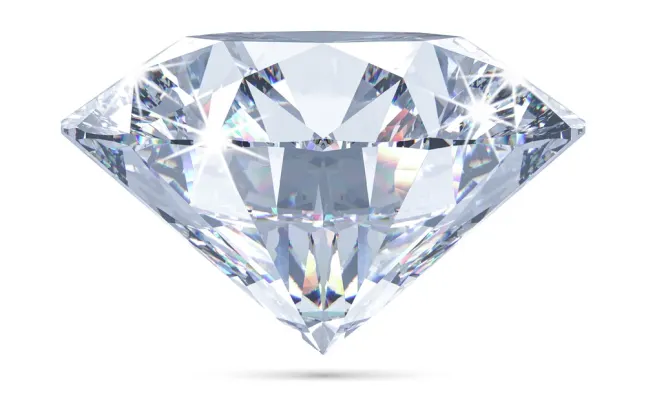Okay if you are seriously in the market for a 10 carat diamond ring, can we please be friends?! But also, if you are just researching 10 carat diamond rings for future manifestation purposes, you are still my people. What a bougie sized diamond to be interested in fam. Like with all diamonds, the four C’s are fundamental in establishing the quality of the diamond and hence the pricing of your 10 carat diamond ring… but honestly you will be looking at a premium price regardless because these size diamonds are rare (and magnificent). The best option if you are going to purchase a 10 carat diamond ring is to just take me with you for consultation purposes (yes please, glad to help).
Four C’s
The four C’s are basically everything we need to know about a diamond broken down into grading categories. These are the diamond’s cut, color, clarity, and carat weight. Each of these contributes to the value of a diamond in its own, respective way.
Cut
The job of a gemstone cutter is to take a piece of rough (raw, unprocessed diamond) and cut it into the beautiful sparkly diamond we are familiar with. How well they cut the diamond, or if the maximum potential is reached, is pretty much how the diamond’s cut grade is obtained. Cut is technically judged based on proportion percentages (if it is a round diamond) and its visual appearance - is it pleasing to the eye? The cut grading scale ranges from excellent to poor.

Color
One of the reasons we love the diamond so much is because it can come in almost any color. Every diamond that doesn’t fall within our colorless grading scale will be graded as a fancy colored diamond. Fancy colors are rarer than colorless, and especially at 10 carats, so a large fancy colored diamond will sell for top dollar. If you want a vibrant, fully saturated colored diamond, well those are literally the crème de la crème, chef’s kiss type diamonds, and the price will reflect that. And even further, specific colors will be more expensive than others. If you are looking for a fancy pink diamond vs. a fancy yellow diamond, the pink will be exponentially more (it’s that rarity thing again). The colored diamond world is a whole other, beautifully complicated place.
So back here in reality, and within the colorless diamond range, most diamonds still contain some light yellow to brown-ish tint. Sometimes the color is obvious, sometimes it isn’t, and sometimes there isn’t any actual color at all. This is exactly how the colorless grading scale works.
Color doesn’t become noticeable for most people until around the K to L range… but a D, E, or F color grade is a total brag. The lower you go on the color scale, the more affordable the diamond will be (relatively speaking). And honestly, some people would prefer their diamond to have a warm yellow hue instead of the crisp feel of a white stone, which is also perfect. You do you.
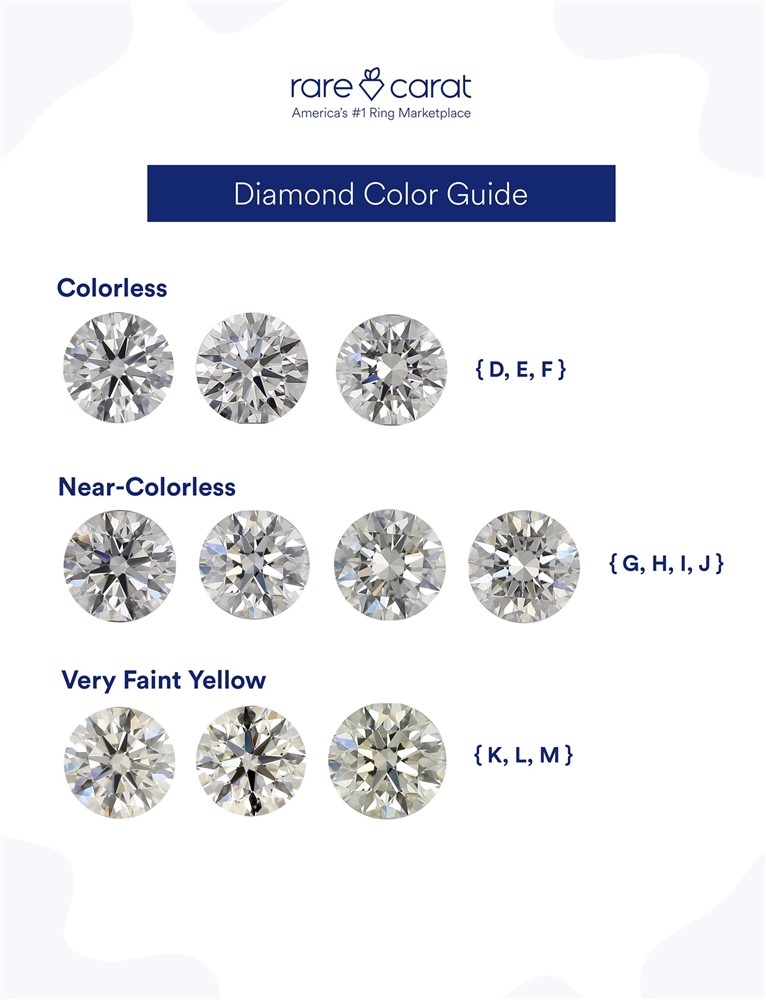
Clarity
Okay, clarity is a hefty one. This is the one with that weird grading scale that no one really understands past the obvious “flawless” grade. Simply, the clarity grade is based off the size, type, contrast, location, and how many clarity characteristics (inclusions) are found within the diamond. Almost all diamonds contain inclusions (some are even kind of cute) but often they can only be seen microscopically.
Flawless & Internally Flawless
Flawless diamonds are our super rare, very awesome diamonds that have no inclusions. And their sister on the grading scale, internally flawless, will literally have only blemishes on the outside surface… and blemishes can be fixed. Still, internally flawless is an incredibly awesome clarity grade. Basically, both of these are pretty much perfect stones.
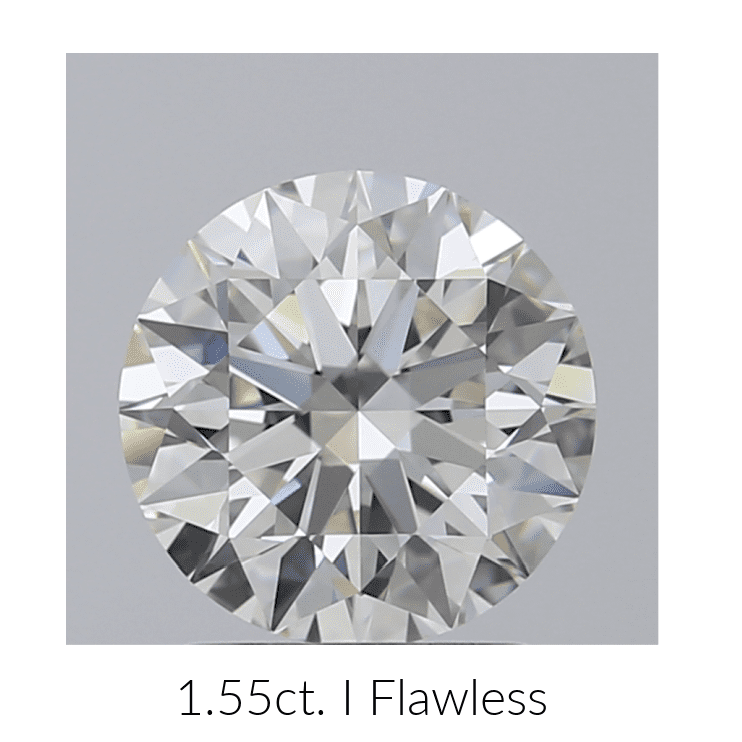
VVS1 & VVS2
VVS1 and VVS2, very very slightly included, have inclusions that aren’t visible to the naked eye… their inclusions, in fact, are very hard to see even with magnification. These are beautiful diamonds that are worth their reputation as a premium stone selection... and are perfect for the humble brag.
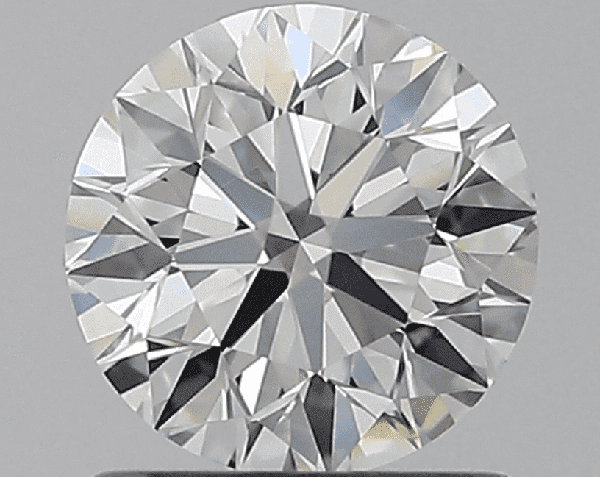
VS1 & VS2
With that being said, VS1 and VS2, very slightly included, also have tiny inclusions that are pretty much also impossible to see with the naked eye. VS clarity characteristics are just a smidge larger than what a VVS diamond would have... like a tiny smidge. Pretty much only a gemologist or someone within the jewelry trade would be able to tell, under magnification, the difference between VVS and VS clarity of a diamond.
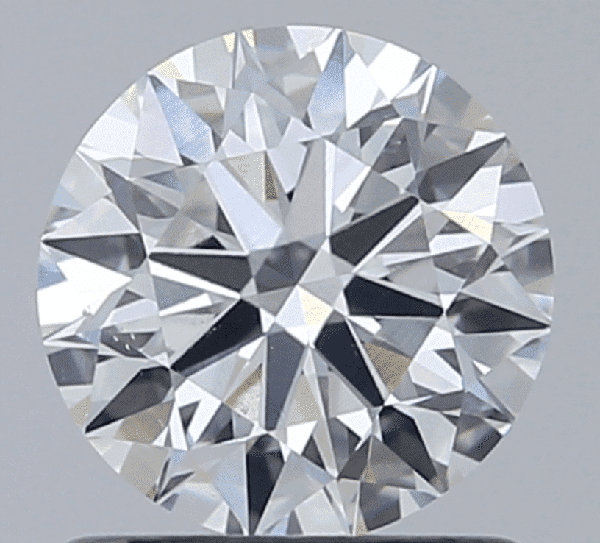
SI1 & SI2
SI1 and SI2 diamonds are slightly included stones. This means you will probably be able to see the inclusions when you look down at the diamond. Not all SI1 stones have obvious clarity characteristics though and those that do not show obvious inclusions are your best value in diamond clarity pricing. Anything around SI2 or below will probably show noticeable clarity characteristics…
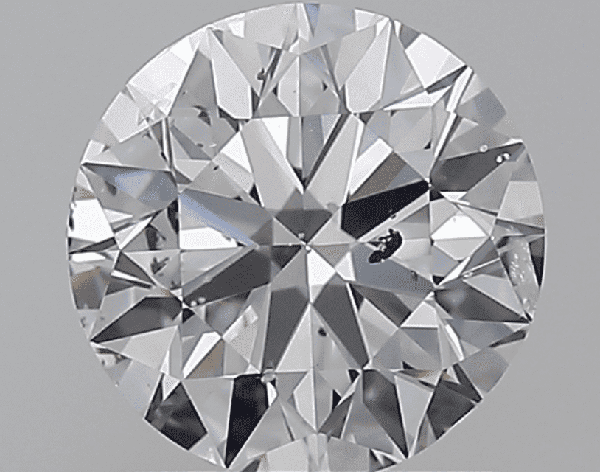
I1, I2 & I3
…which includes our I1, I2, and I3 graded diamonds. These are literally labeled I for included. In fact, I doubt you’ll find many I3 diamonds for sale because they are just so heavily visually included. And truly I wouldn’t recommend spending the money on an I clarity stone in general for this very reason… unless that is your thing!
The cleaner the stone, the rarer it is, and clarity prices will always reflect that. I will forever recommend looking at the diamond before buying it (whether in person or using photos, videos and the help of our gemologists). I know this seems basic, but it is truly fundamental because your eyes will be the best judge for you.
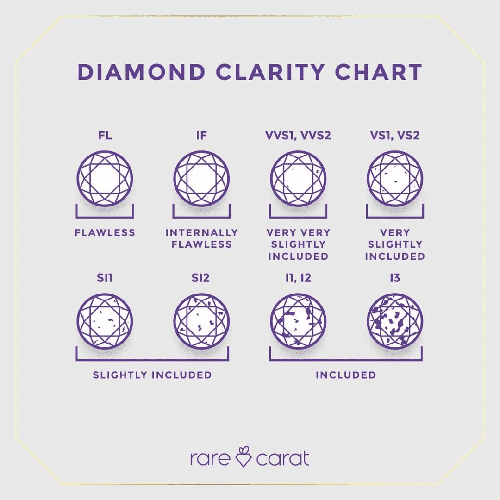
Carat Weight
So, this is already covered considering we are looking at a 10 carat diamond, right?? If I haven’t said it enough, the larger the diamond is, the rarer it is. And a 10 carat diamond is pretty hefty in the world of gemstones. I personally feel that no diamond is too large though, so this is a fantastic carat weight to be shopping for.
Regardless of size, all colorless diamonds are graded by the same 4 C standards. It is purely the size that elevates this specific diamond amongst other, less substantial sized diamonds. Don’t be afraid to be selective about which stone is visually appealing to you- whether that is the cut, color, or clarity you’re after. A 10 carat diamond ring is a solid adult purchase that will definitely be treasured for the rest of all time.
Follow Us on Social Media:
